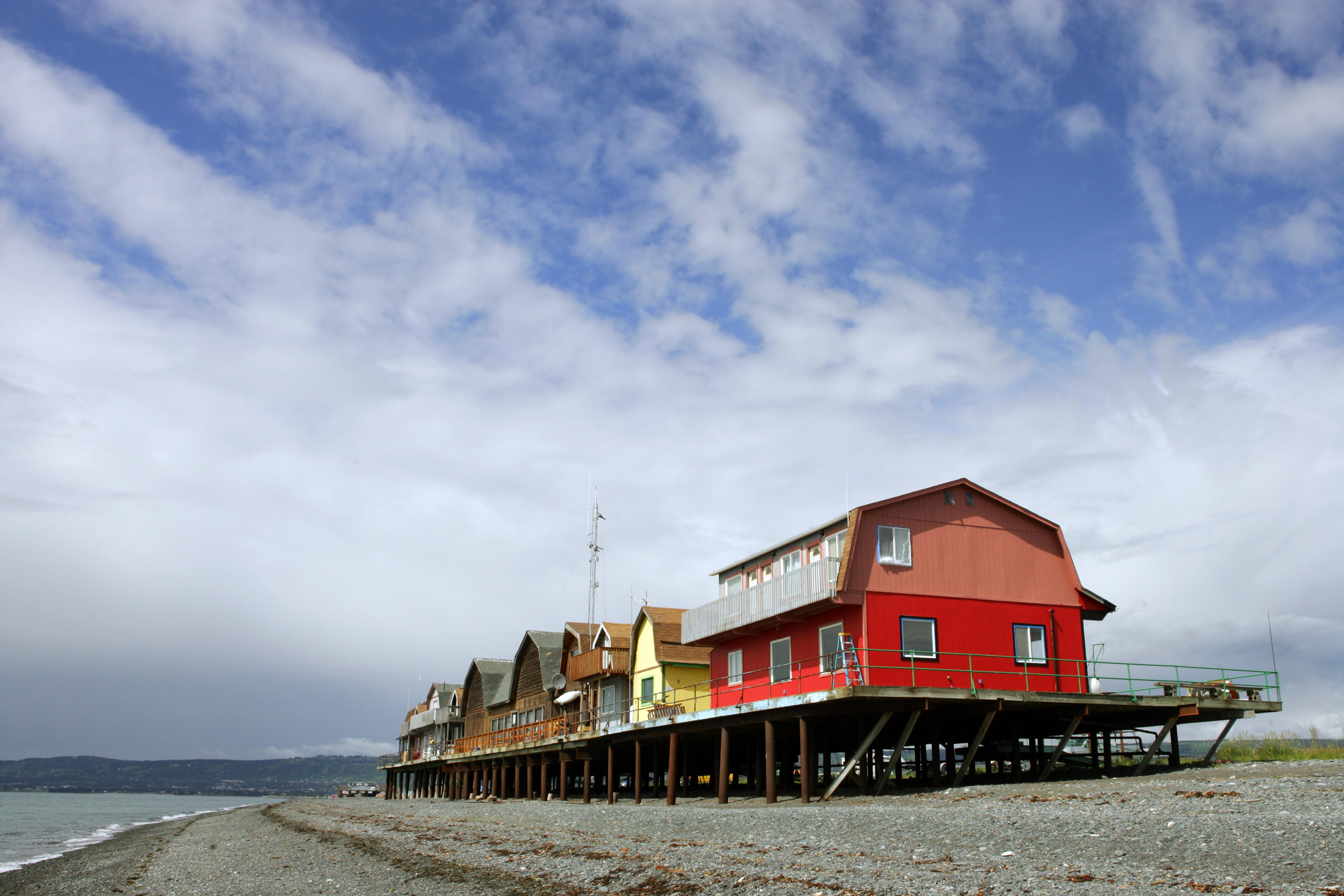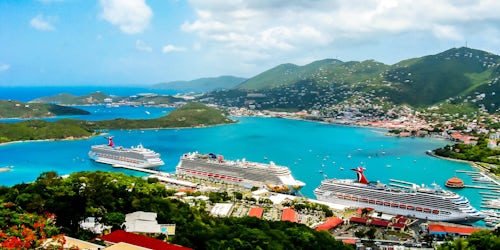More about Homer
Why Cruise to Homer?
Enjoy a fresh and organic foodie scene, award-winning halibut, a winery and a brewery
It's at the tip of the Kenai Peninsula, so a bit isolated from surrounding sites
Homer's unique Alaskan blend of nature, art and cuisine make it a complete destination
Homer Cruise Port Facilities?
The ship terminal is really just an enclosed pavilion where buses and taxis pick up passengers: there's not much to it besides restrooms, and the harbor does not provide Wi-Fi service. Volunteers from the Homer Chamber of Commerce distribute the Homer Visitor Guide to passengers disembarking at Ramp 4, and there's plenty to see on the Spit if you don't want to wander too far. The rest of the town is about five miles away, and from there, the outlying areas offer impressive views of the harbor.
Good to Know?
Hikers should use proper precautions: It is bear country. Tell someone where you are going, bring bear spray, and try not to startle them (singing as you go around hidden curves is an excellent idea).
Getting Around?
There is no public transportation system in Homer, so to venture past the gift shops and restaurants on the Spit, you need to book a tour or other form of transportation.
By Trolley: The Homer Trolley operates seasonally from mid-June through mid-August from 11 a.m. to 6 p.m. Day passes are $12 for adults, $10 for children. It is a hop-on, hop-off service and stops at a number of key locations like the Pratt Museum, Land's End Resort and the Islands and Ocean Visitor Center.
By Water Taxi: Several water taxi companies whisk passengers to remote beaches for tide pooling and relaxation around stops in Kachemak Bay State Park. The water taxis are an experience of their own; there is an excellent chance of seeing otters, harbor porpoises and even whales along the way. Popular stops include Gull Island, home to thousands of seabirds, picturesque Sadie Cove (keep an eye out for goats and black bears) and kayak beach, a jumping-off point for hiking and kayak adventures (try Mako's Water Taxi, 907-235-9055).
By Taxi: Cab companies offer 24-hour service. Try Kache Cab (907-235-1950) or Kostas Taxi and Limousine (907-399-8008).
By Rental Car: The two big players in town are Adventure Alaska Car Rental (1368 Ocean Drive; 907-235-4022) and Pioneer Car Rentals (3720 FAA Road; 907-235-0734).
Currency & Best Way to Get Money?
Believe it or not, Homer is still in America (it can seem worlds away), so U.S. dollars are accepted everywhere. Passengers may have difficulty finding places to exchange Canadian dollars, so if the ship visits Vancouver or other Canadian ports before arriving in Alaska, it's best to spend the currency in Canada. ATMs can be found on Homer Spit Road between Ramp 1 and Ramp 3. Smaller shops and restaurants might not accept credit cards.
Language?
English is predominant, but Alaskans use a number of terms unique to the state, some of which are lighthearted and humorous sayings and others that are practical. Alaskan lingo includes terms like snow machines (snowmobiles), cache (elevated storage cabins), the bush (area inaccessible by roads) and cheechako (a newcomer).
Where You're Docked?
Cruise ships share the terminal at the Deep Water Dock on Freight Dock Road with the Alaska Marine Highway ferry. Cruises drop off passengers at the Spit, but you have to walk around the harbor to reach the main area where the shops and attractions begin (about a mile and a half). A shuttle that connects cruise ship passengers from the dock to the "main hub" of the Spit if they opt not to walk.
























